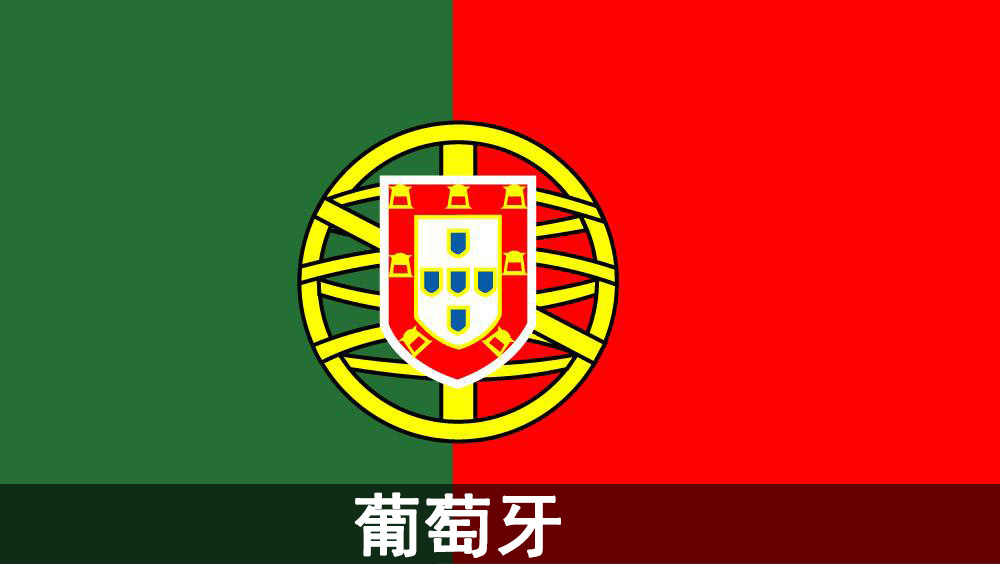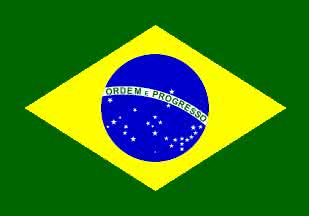GENERAL INTRODUCTION TO PATENT LAW IN SOUTH AFRICA
South African patents are governed by the Patent’s Act 57 of 1978 which commenced on 1 January 1979 and has undergone a number of amendments since its inception. The Patent’s Act aims to provide for the registration and granting of patents for inventions and for matters connected therewith.
South Africa acceded to the Paris Convention for the Protection of Industrial Property on 20 October 1947 and became a signatory of the Patent Cooperation Treaty (PCT) on 16 March 1999. South Africa has been a member of the World Trade Organization (WTO) since 1 January 1995.
Applicants can obtain patent protection by applying for a patent through the Paris Convention, PCT or by filing South African national applications.
Inventions which are patentable in South Africa:
Section 25 of the Patent’s Act is a very important section as it sets out South Africa’s patentability requirements and the exclusions to patentability.
Section 25(1) states that a South African patent may be granted for any invention if it is:
1. New (novel);
2. It involves an inventive step; and
3. It is capable of being used or applied in trade or industry or agriculture.
Defining the patentability requirements:
New (novel):
An invention shall be deemed to be new if it does not form part of the state of the art immediately before the priority date of that invention. The state of the art shall comprise all matter (whether a product, a process, information about either, or anything else) which has been made available to the public (whether in the Republic of South Africa or elsewhere) by written or oral description, by use or in any other way. The state of the art shall also comprise matter contained in an application, open to public inspection, for a patent, notwithstanding that that application was lodged at the patent office and became open to public inspection on or after the priority date of the relevant invention, if that matter was contained in that application both as lodged and as open to public inspection; and the priority date of that matter is earlier than that of the invention.
An inventive step:
An invention shall be deemed to involve an inventive step if it is not obvious to a person skilled in the art, having regard to any matter which forms, immediately before the priority date of the invention, part of the state of the art.
Capable of being used or applied in trade or industry or agriculture:
Whether an invention is capable of being used or applied in trade or industry or agriculture is a question of fact and will ordinarily be apparent from the invention itself.
Exclusions to patentability:
There are a number of subsections in section 25 which sets out exclusions to patentability, including:
· A discovery;
· A scientific method;
· A literary, dramatic, musical or artistic work or any other aesthetic creation;
· A scheme, rule or method for performing a mental act, playing a game or doing business;
· A program for a computer;
· The presentation of information;
· Inventions that publicize offensive or immoral behavior;
· Animal or plant varieties or any biological process for the production of animals or plants, not being a micro-biological process or the product of such a process;
· Inventions of methods of treatment of the human or animal body by surgery or therapy or of diagnosis practiced on the human or animal body shall be deemed not capable of being used or applied in trade or industry or agriculture.
Patent Applications in South Africa:
An Applicant can follow one of two routes in order to obtain patent protection in South Africa:
A South African Provisional Patent Application
Upon filing of the provisional patent specification the patentee is given 12 months before he or she has to lodge the complete patent specification. This route is often followed where a patentee has a concept that is not in its final form. During the 12 month period he or she has time to finalize the invention and amend the provisional patent specification to produce the complete patent specification. During this 12 month period you can also freely discuss the idea with investors, see the commercial potential of the idea etc. before incurring further costs with regard to the patenting process.
Complete South African Patent Application in the First Instance
The complete patent application option is usually recommended to inventors who have their invention in a form which is ready to be manufactured and ready to enter the market.
A South African patent is valid for 20 years, commencing from the date of application.
South Africa has one key exception to other countries worldwide. The exception relates to the examination procedure. South Africa does not have an Examination Office and therefore does not examine patent applications in terms of the substantive requirements that need to be met in order for an invention to be patentable. South African patent applications are only examined in terms of the formal requirements.
Information and documentation required for filing of a South African patent application:
1. Full particulars of the Applicant(s) and Inventor(s);
2. Prescribed declaration and Power of Attorney signed by the Applicant;
3. Assignment of invention by the Inventor, where the Applicant is not the inventor;
4. Specification, with drawings (if required) and with claims (in the case of a complete specification), in English or an official language of South Africa. South Africa has 11 official languages.
5. Abstract, for publication purposes, providing a concise technical description of the invention;
6. Certified copy of the basic application in the convention country (if convention priority is to be claimed);
South African patent procedure:
Preparation of the patent specification and application
ê
Lodge the patent application at the South African Patent Office
ê
The Registrar will examine the patent application in terms of the formal requirements. The formal examination usually takes place within 8 to 18 months from filing the patent application
ê
Once all the formal requirements have been met, the patent will be accepted
ê
The patent will be published in the Patent Journal and it will be open to public inspection for two months
ê
This two-month period serves as an opposition period in which third parties may object to the patentability and validity of the patent
ê
Should no oppositions arise, the patent will proceed to grant
ê
The Applicant will receive Letters Patent
GENERAL INTRODUCTION TO APPLYING FOR A REGISTERED DESIGN IN SOUTH AFRICA
The South African law of designs is governed by the Designs Act 195 of 1993 which came into force on 1 May 1995. As mentioned above, South Africa is a party to the Paris Convention for the Protection of Industrial Property. South Africa is not a party to The Hague Agreement Concerning the International Deposit of Industrial Designs and protection cannot be obtained by filing an international application in terms of The Hague Agreement.
South Africa has adopted the Locarno Agreement Establishing an International Classification for Industrial Designs but has not signed the Locarno Agreement.
South African design law provides for the registration and protection of two types of designs, namely aesthetic designs and functional designs.
Aesthetic designs are judged solely by the eye and relate to designs applied to articles in terms of the pattern, shape, configuration or ornamentation of the design. Functional designs have features which are necessitated by the function and includes integrated circuit topography and mask works related thereto.
The requirements for filing a registered design in South Africa includes the following:
An aesthetic design:
1. The design must be new
2. The design must be original
3. The design relates to shape, configuration, pattern or ornamentation
4. The design must be capable of being produced by an industrial process
A functional design:
1. The design must be new
2. The design must not be commonplace
3. The design relates to shape, configuration or pattern
4. The design must be capable of being produced by an industrial process
An aesthetic design registration has a duration of 15 years and a functional design registration has a duration of 10 years from the date of application.
Defining the registrability requirements:
New:
A design is deemed to be new if is different from the state of the art immediately before the date of application for registration thereof or the release date thereof, whichever is earlier.
Original:
‘Original’ is not defined in the Designs Act. Originality relates to whether a designer or author has expended skill and labour in the creation of the work.
Not commonplace:
‘Not commonplace’ is also not defined in the Designs Act. It relates to a design that is not trite, trivial, or common and does not excite any attention to those relevant in the art.
Factors:
Shape: refers to the external form, outline and contours
Configuration: refers to an arrangement or parts in a particular form
Pattern: refers to a repeated decorative design
Ornamentation: refers to the decoration of something in order to make it more elaborate.
Information and documentation required for filing a South African registered design application:
1. Declaration and Power of Attorney signed by the Applicant;
2. Representation(s) of the design (drawings or photographs);
3. Full particulars of the Applicant;
4. Details of the design to be protected;
5. The goods or services relating to the use of the design (Locarno Classification).
South African registered design procedure:
Preparation and filing of the design application at the South African Designs Office
ê
The design application will be examined by the Designs Office in respect of all of the formal requirements within 6 to 8 months from filing the application
ê
The Registrar will approve the application and it will be deemed “Accepted”
ê
The Designs Office will issue a Notice of Acceptance
ê
The design application must be advertised in the Patent Journal for a period of two months which is known as the opposition period
ê
Should no objections be lodged, the application will proceed to grant
ê
The Designs Office will issue a Certificate of Grant




























